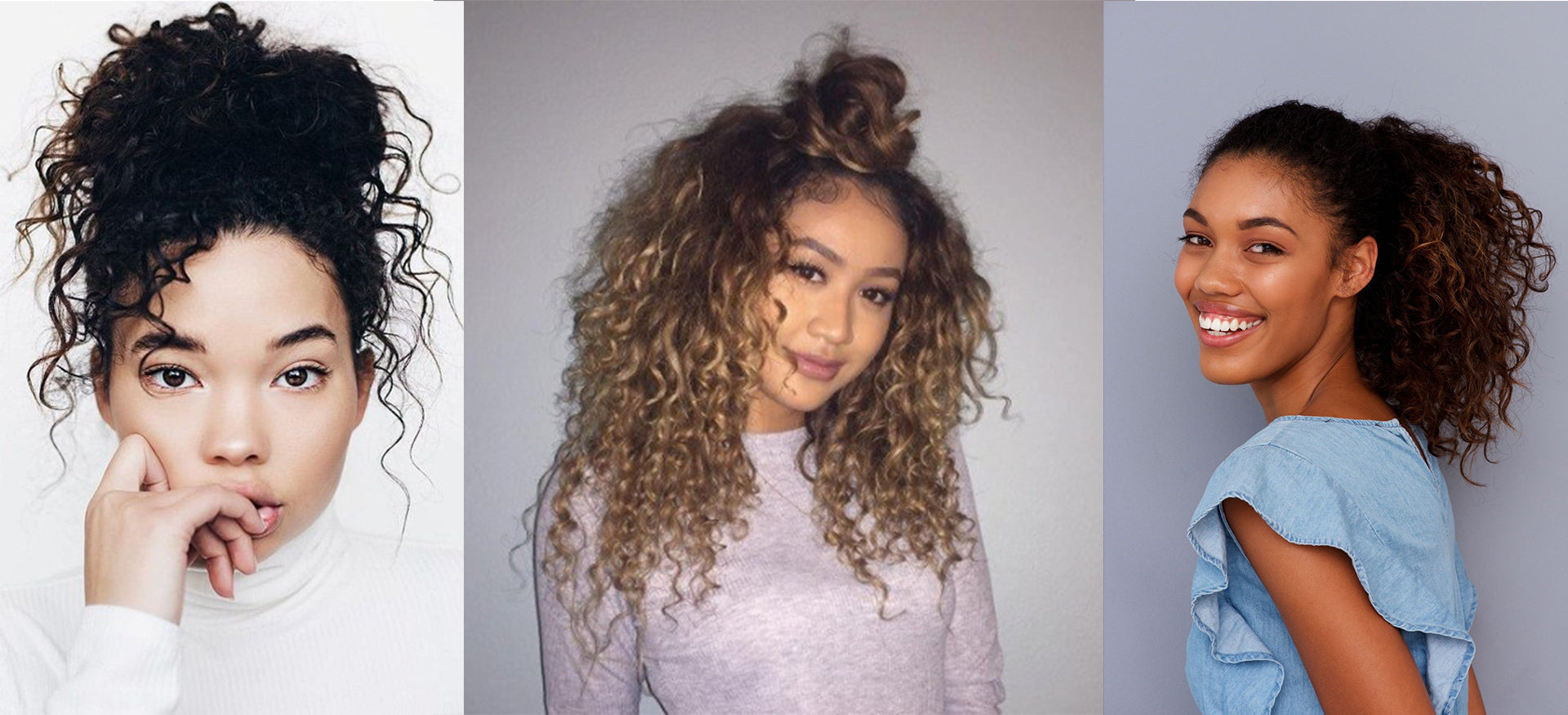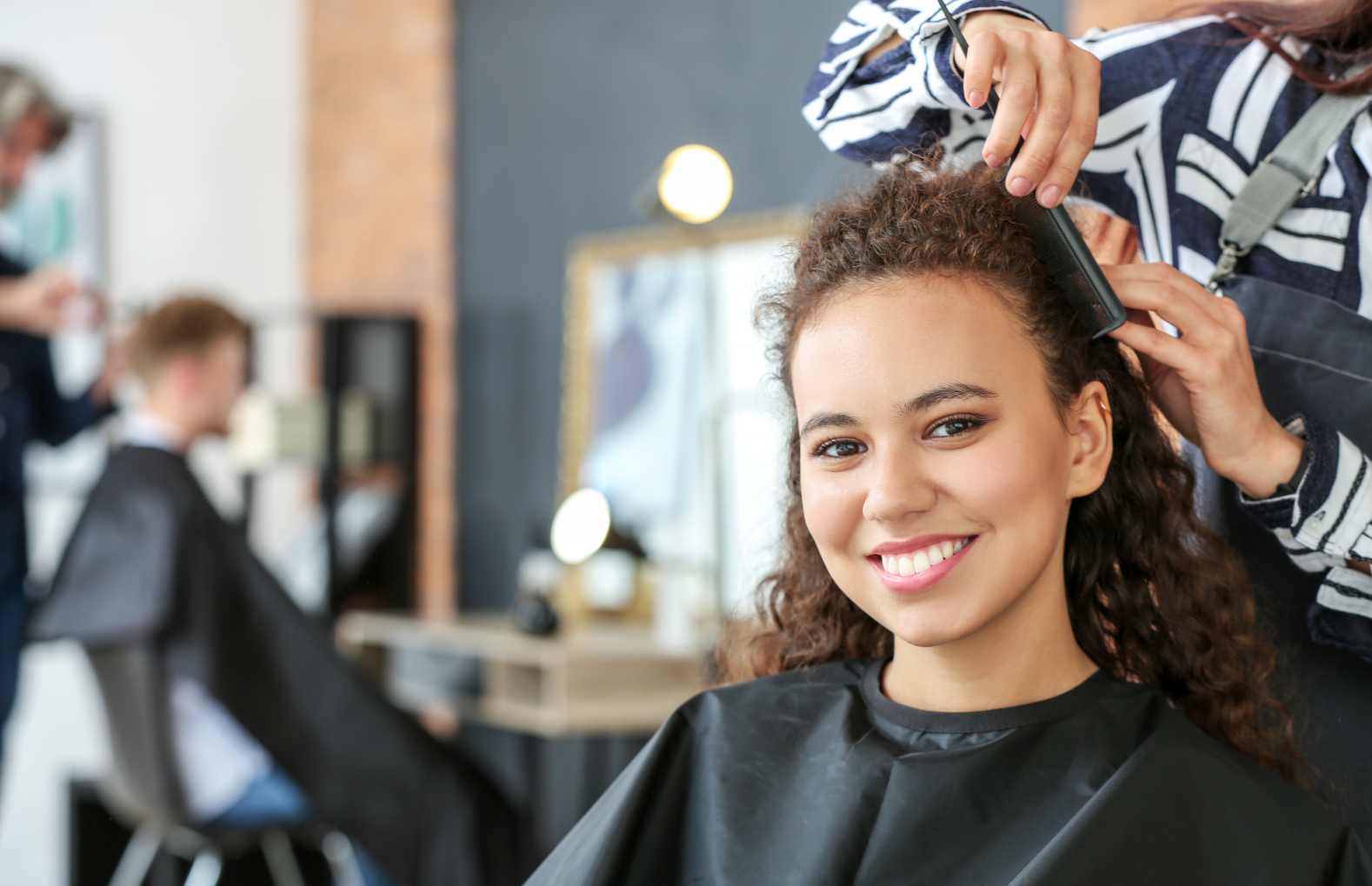Curls on Film: The Shifting Representation of Curls
From the Hollywood waves of the 50s to the rebel perms of the 80s, some of our most loved film and TV stars have turned the curl into a cultural icon. But can the same be said for true, natural curls or have we been conditioned to think only sculpted looks pass for beauty? And why is that we were all swooning for Jennifer Grey’s tresses in Dirty Dancing but by the time we get to the 90s it’s more likely she’d be called a “frizzy freak?” We’re here to take a look at these changing attitudes and celebrate the fact that in 2021, filmmakers seem to be making some strides to embrace the natural curl.
Late 70s / 80s: Bad Girl Curls
The late 70s and 80s were a golden age for big hair. And one way to add this sought-after volume was curls. So gone were the glossy, flowing lengths and perfect coifs of the 60s and in were rock n roll perms and heavily hair sprayed ringlets. Yes, if you were a teen in the 80s, chances are you were looking to the likes of Whitney Houston and Sarah Jessica Parker for your hair inspo.
But healthy, natural curl role models are notable by their absence. Because let’s face it, to achieve these looks a whole lot of fluffing, teasing, curl ironing and some pretty harmful chemical-based products were needed. But there were some actresses flying the flag for more natural styles. Like Lisa Bonet as Denise Huxtable in The Cosby Show.

Photo: Denise Huxtable. Image Source: Everett Collection
As a character Denise was rebellious, outspoken and a free spirit – something which is reflected in her eccentric clothing choices and bold, statement hair. Her spontaneity and fearlessness meant she was probably the child who gave the Huxtables the most trouble. So, in this sense we could see her curls as an extension of her nonconformist and “untamed” personality.
And when we start to analyse the portrayal of curls on the big screen, we start to see a common trope emerge. Take two of the most famous movie make-overs ever put to film: Olivia Newton-John as Sandy in Grease and Julia Roberts as Vivian Ward in Pretty Woman.
For Sandy, her transition from the straight haired, girl next door to rebellious greaser chic is presented in a flurry of leather, cigarette smoke and voluminous curls. A change she makes to become more appealing to a man. Urgh!

Photo: Grease. Paramount Pictures
And interestingly with Vivian, the opposite transformation occurs. When she’s living life as a free-spirited Hollywood prostitute her “wildness” is portrayed through her free-flowing curls and revealing clothes. Even the mannequins in the window of the famous store scene serve as a striking contrast with their poker straight bobs. And how is Vivian’s conversion to sophisticated Beverly Hills socialite present to us? Through tied back, pristine and ironed waves of course!
The point is that in both these famous onscreen transformations, curls are used to represent something dangerous and wild. They’re sexy but also a threat to good, old-fashioned values and social norms. This carries with it so much baggage for the viewer… particularly those still trying to figure out their own curl relationship.
90s / 00s: Mess Vs Success
By the time we get to the 90s and through to the early 00s, curls are no longer synonymous with risqué cool. Instead, leading ladies are now almost always shown wearing straightened tresses or textured waves whilst natural curls are the go-to style for any director wanting to represent a character as eccentric or “kooky”.
There’s Julia Sawalha as Saffy in Ab Fab and any character played by Michael Cera. As well as Sabrina the Teenage Witches' best friend Jenny, who’s a classic example of the quirky sidekick sporting equally quirky curls. Something which leads to her being called a "Frizzy Freak.". Jenny’s retort, "Frizzy? These happen to be curls!" goes some way to combat the idea that all curls are an unwanted nuisance, but the young teenage viewer is still meant to understand that Jenny is “different” and so is her hair.

Photo: The Princess Diaries. Buena Vista Pictures
And in the same way, a lot of filmmakers in the 90s and 00s seemed to be unable to tell the difference between healthy and unhealthy curls. In the Princess Diaries, for example, the answer to treating Anne Hathaway’s overly backcombed, unhealthy curls, is to straighten it rather than care for it. And she instantly gains more respect and becomes more desirable as a result.
Representation of black and afro hair on screen, particularly in sitcoms, also followed a similar trend of perpetuating white standards of beauty with straightened or manicured styles, although we do see a few curls come through. Hilary Banks’ (AKA Karyn Parsons) moved between natural and coiffed styles in The Fresh Prince of Bell Air and the naturally curly, Sheryl Lee Ralph and Countess Vaughn were more frequently seen in braids or sleek straight styles in Moesha. But it’s the twins in Sister Sister who go on a particularly interesting hair journey.

Photo Sister Sister. Image Source: Everett Collection
In the earlier seasons, Tia and Tamera mostly wear their hair in natural curls. But as they mature and move towards adulthood in later series, we see them with exclusively straight styles. The implied message seems to be that to be a successful, popular adult, you can’t have curly hair.
Now: Curls are pushing through
Thankfully we’ve come some way in representing curls on screen in the last few years! We’re now seeing a push towards a positive representation of curls in both film and on TV. But rather than real life representation, it’s cartoons leading the way.

Photo: Brave and Moana. Courtesy Disney
From Maui and Moana’s natural waves to Brave’s Merida and her beautiful, flowing ginger spirals, animated films have provided us with some honest and diverse portrayals of curls. And the fact that they’re worn on such strong and independent characters makes them fantastic role models for children.
Then there’s Hair Love, the 2019 Oscar Winning short film. This story of a father attempting to do his daughter’s hair for the first time is a poignant and sweet film that makes loving your hair and yourself a central point. All in all, animations have started to do a fantastic job of promoting curl confidence. It’s just a shame that illustrators are currently doing a better job at conveying this than casting directors.

Photo: Hair Love. Sony Pictures Animation
Although things are starting to look up in live action representation too. British actress and writer, Susie Wokoma proudly wears her afro curls in everything from the inbetweeners movie, E4’s popular comedy chewing gum, Netflix's Crazyhead and Amazon Prime’s Truth Seekers. And similar things are happening across the pond with the characters in Insecure, Orange Is the New Black and This Is Us all proudly sporting their natural hair. And on the big screen, there’s 2017’s hugely popular ‘Girls Trip,’ which starred Tiffany Haddish and Queen Latifah both rocking different natural curly styles.
Whilst there is time to stop and celebrate the ever-increasing display of natural hair at the heart of our viewing it is also appropriate to say, we’re not there yet. But here’s to the aspiring film makers who are putting ever greater emphasis on an honest, healthy representation of natural curls.



